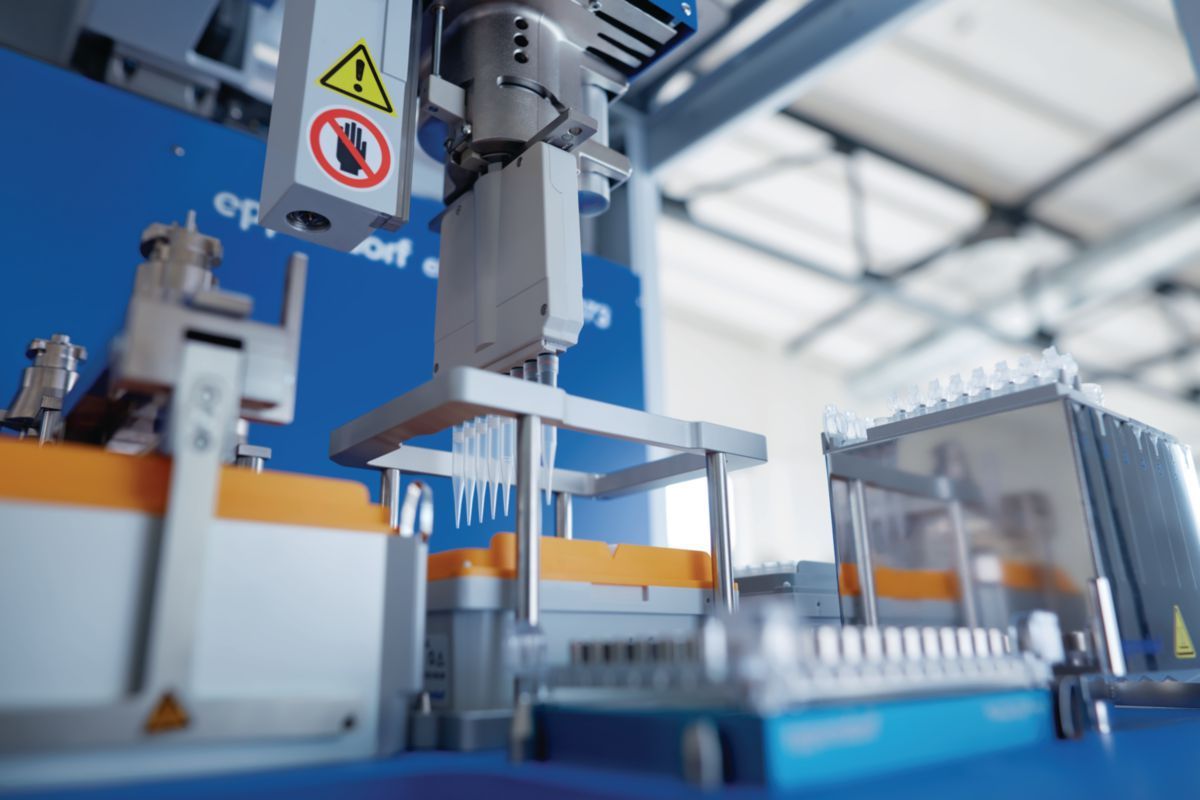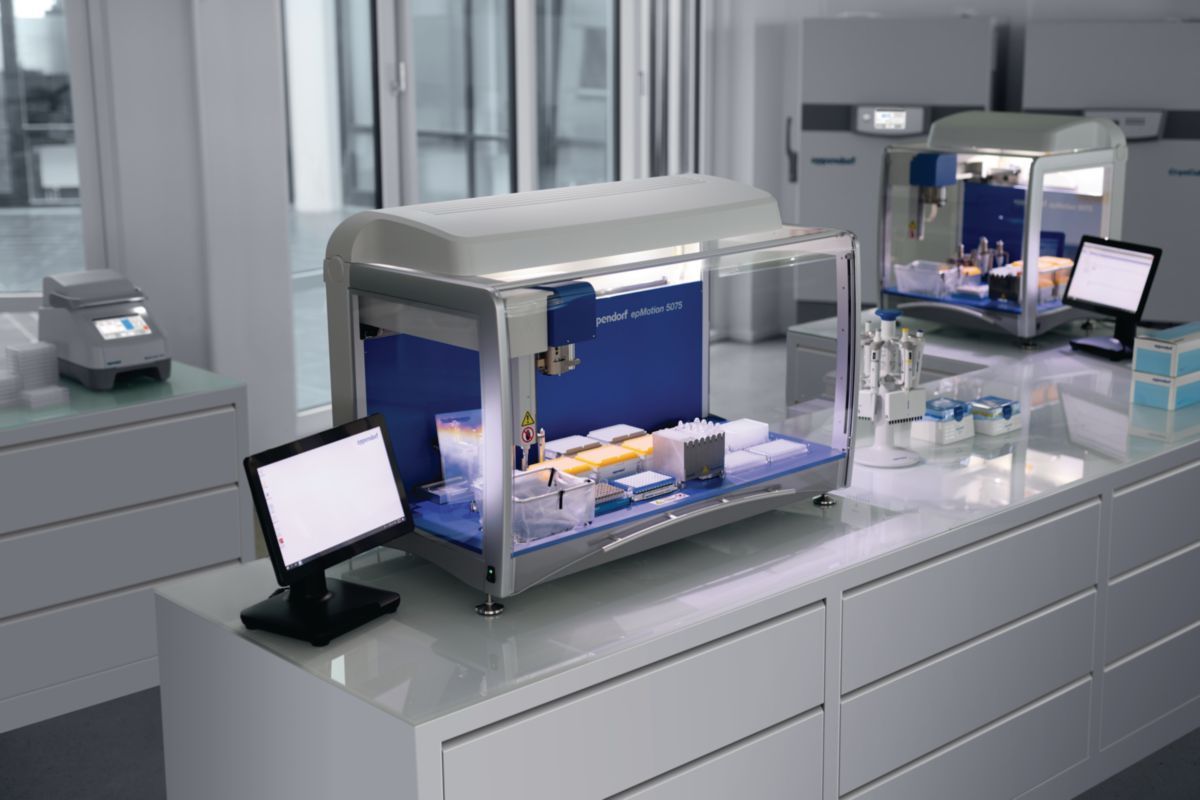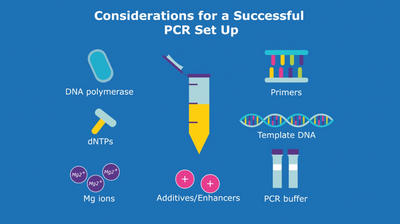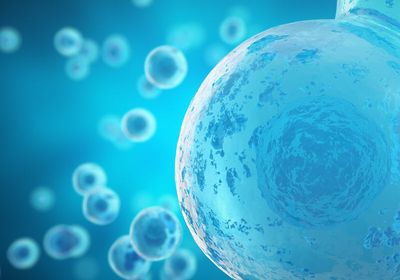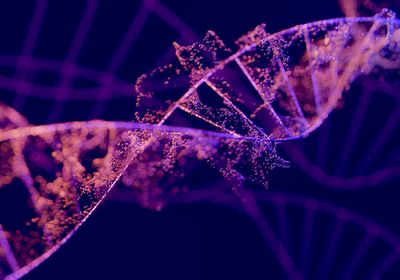The advent of next-generation sequencing (NGS) enabled scientists to fully appreciate the microbial world. By analyzing the genomes and transcriptomes of microbial communities with this technology, researchers learn about their functions and effects on their living hosts. They also explore the environment and identify disease-causing or beneficial organisms.
There are various NGS applications in microbiome research. To detect species within a microbial community, researchers use NGS for marker gene studies that sequence 16S rRNA, 18S rRNA, or internal transcribed spacer (ITS) regions, depending on the organisms of interest. Metagenomic analyses allow scientists to functionally profile microbial communities by identifying all of the genes present in a sample. Similarly, metatranscriptomic analyses evaluate a community’s functions in real time by assessing gene expression.
NGS requires the careful execution of multiple steps to purify nucleic acids and create sequencing libraries, including efficient cell lysis and nucleic acid precipitation, sample and reagent transfer during NGS library preparation, and normalization of the final library product for sequencing. To obtain reliable results, researchers must perform every step with accuracy and precision. This is especially important for microbiome studies because the samples are complex and composed of many different species. For example, inaccurate pipetting can create bottlenecks where species present in low abundance are underrepresented as the purified genomic material ends up below the sequencing detection threshold.
Automated liquid handlers take the guesswork and tedium out of NGS library preparation. These workstations can process more samples faster than manual pipetting, avoid contamination, and greatly reduce error to accurately prepare samples for sequencing. Using an automated handler ensures reproducibility between library batches so that researchers can compare data across experiments.
The Eppendorf® epMotion® series of automated liquid handlers have solutions for microbiome sample extraction and NGS library preparation. Each system completely encases liquid handling in a safe environment that has a minimal footprint and fits on most benchtops. These instruments work with a variety of labware and house precise tools that dispense from 200 nL to 1 mL of liquid into tubes and microplates of various sizes. To ensure safe operation, an optical sensor verifies multiple features of the worktable before each run, including the type and number of tips, the presence and location of other labware, and the liquid volumes within vessels. The epMotion liquid handlers work with a diverse set of accessories, and the integrated epBlueTM software works with simple touch screen instrument controls.
In particular, the epMotion 5073t and 5075t instruments are tailored for both nucleic acid extraction and NGS library prep. Both instruments come with a customized system for hands-free nucleic acid purification and an NGS solution package, including protocols, basic accessories, and consumables, which helps researchers automate common NGS library preparation kits. The epMotion 5073t and 5075t have a ThermoMixer® element that mixes, heats, and cools samples or reagents, and they both can be configured with CleanCap—an option that provides UV decontamination and a HEPA air filter to protect samples from contamination. The epMotion 5073t has 6 worktable positions and can process 24 samples in parallel, while the 5075t scales up NGS sample prep up to 96 samples with 14.5 worktable positions.
Automated liquid handlers take routine pipetting tasks out of researchers’ error-prone hands and make laboratories safer. By automating NGS library prep, scientists can enjoy precise and reproducible results.

